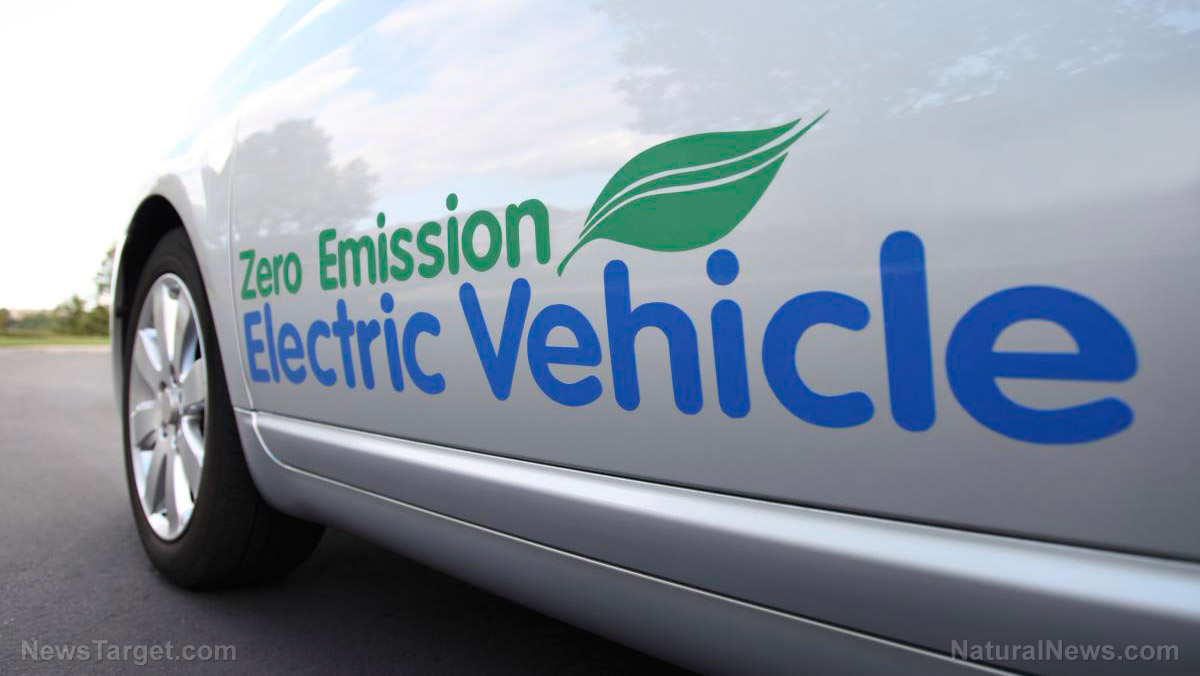
To address this issue, a team from the University of Delaware (UD) is looking at a substance that can be used in place of hydrogen in fuel cells: ammonia.
“As a nitrogen-based liquid fuel, ammonia is cheaper to store and distribute than hydrogen and avoids the carbon dioxide emissions of other liquid fuels, which are expensive to capture,” said Brian Setzler, a postdoctoral associate at UD and one of the lead authors of the study, published in the journal Joule.
Turning ammonia into something fuel cells can use
To be able to use ammonia in fuel cells, the researchers had to overcome a few problems. The first of these is the fact that ammonia does not work in a typical proton exchange membrane fuel like hydrogen.
To solve these issues, the team turned to a hydroxide exchange membrane fuel cells that have been studied for over a decade in the lab of Yushan Yan, a Distinguished Engineering Professor at UD.
With the help of a $2.5 million grant from the Advanced Research Projects Agency-Energy's (ARPA-E) Renewable Energy to Fuels Through Utilization of Energy-Dense Liquids (REFUEL) program in the Department of Energy, the team created a fuel cell membrane that can operate at higher temperatures to speed up the oxidation of ammonia. They also identified catalysts that weren't poisoned by ammonia.
"With these improvements, we have demonstrated a new direct ammonia fuel cell prototype with a peak power density of 135 milliwatts per square centimeter, which closes much of the performance gap compared to hydrogen," said lead author Yun Zhao who has been working on direct ammonia fuel cells since 2016.
Alternative to expensive hydrogen for fuel cell electric vehicles
While hydrogen is still a much more efficient fuel for fuel cells, the fact that the researchers have been able to close the performance gap with ammonia brings several benefits. While hydrogen has long been touted as the fuel of the future, with automakers such as Toyota actually developing hydrogen fuel cell electric vehicles (FCEVs), it faces a number of issues that have hampered its adoption.
The biggest issue, so far, is that hydrogen fuel cell systems require exotic materials to manufacture, which makes the technology expensive. For example, the fuel tanks of Toyota’s Mirai FCEV are made of expensive carbon fiber – hydrogen is highly flammable and as such, any storage solution needs to be strong on top of being light enough to avoid significantly affecting the performance of the vehicle. Meanwhile, the actual fuel cells that the car uses use platinum. (Related: Researchers develop a fuel cell from lignin, a byproduct of paper manufacturing.)
The other issue is that pure hydrogen does not occur naturally on Earth. Most of it is locked in as part of other compounds and getting the hydrogen out of those compounds is both time-intensive and costly.
It's because of issues like these that scientists, such as those from the UD team that developed the ammonia fuel cells, have increasingly been looking at other possible fuels for fuel cells.
The relative cheapness of storing and distributing ammonia, compared to hydrogen, could possibly put it in the lead in the race to bring affordable FCEVs to market. If all goes well, it may lead to a much wider adoption of FCEVs compared to the limited use they see today.
For more on what the clean cars of the future may be running, follow FutureScienceNews.com.
Sources include:
Please contact us for more information.























